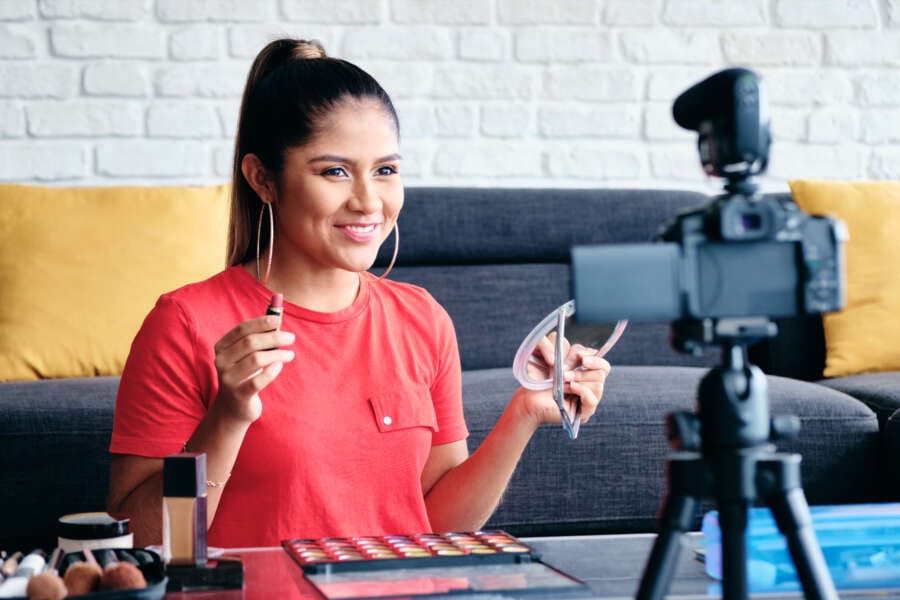
By: Jon Mowat, Hurricane
Video marketing, it’s a massive area. There’s social media advertising, on-site content, video blogs, event films, live shows. There’s loads of ways in which video can drive a business forward. And there are also hundreds of different platforms to help you do it.
But there is one area of video which receives way more attention than anything else, and of course that is YouTube, the Google-backed monster. It gets a lot of attention for a good reason. It’s the second most popular social media platform – it’s got nearly two billion users and 500 hours of video are uploaded to YouTube every minute. We watch over a billion hours of YouTube videos a day (that’s more than Netflix and Facebook Video combined).
But YouTube is not the be-all and end-all of a video marketing plan. For some people, it’s really, really important. For some, it’s essential. For others, it’s a complete waste of time. So YouTube, should you bother?
Yes, it has great reach
YouTube is huge. And, as a result, it’s really, really good at building a community around your brand. If you’re not worried about pushing traffic through to your website, it’s a fantastic place for building that sense of community, building a chat, integrating all those people into a regular feed of content.
It’s a fantastic way of reaching new people, and more importantly, keeping talking to the old ones, “Here’s a new video,” or, “Here’s some previous videos that we’ve done.” Engagement, engagement. If you think about the algorithm, they’re trying to keep people there as long as possible. If you provide that content, they will work.
Yes, it can build brands from scratch
YouTube is so powerful at building brands that it can do it from scratch – they don’t even need to be existing famous companies. If you look at GCN – the Global Cycling Network – it’s a pretty nerdy cycling channel. It has how-tos, challenges, and it’s a very presenter-driven format. It was set up in 2013 by part of the YouTube original channel initiative.
Fast forward to 2021, it’s now a massive community app; it’s a subscription service; it’s got loads of merchandise; it’s got 2.6 million subscribers on YouTube; and the ecosystem has blown up into parallel channels. GCN Plus, which is a paid option, is valued at 86 million. It didn’t get there because it used anything else but YouTube, so YouTube totally works.
No, it’s an algorithmic nightmare
In order to be successful on YouTube, you have to understand what YouTube wants, and that’s not necessarily what your brand wants. What YouTube wants is new people on the site as often as possible. It wants to get those people and the people that are already there to stay for as long as possible. They’re not interested in your business doing well, they’re interested in getting people and getting those eyeballs to stay, so they have all kinds of measurements. They’re interested in engagement rate, they’re not interested in click-through rate to your website.
What you’re going to be measured on is how long do people watch, do they bounce straight away, and where do they go next? If they watch a video of yours, then they go to another video of yours, they’re going to really prioritise your first video, because they know that people clicked it and they stayed.
No, it takes too much time and effort
The next thing is you need to have a really regular posting cadence, which means that you can put out daily, you can put out weekly, you can put out monthly, but just don’t mix it up. You need to be really rigid, which is where that kind of effort around YouTube comes from. Above all, you need to be testing. You need to be deep in those analytics every day, seeing where your peaks are, seeing where your troughs are, and really checking what’s working.
The thing to do is avoid what I call a graveyard channel. A graveyard channel is unkempt, it feels unwelcoming, it feels a bit dead, to be honest. It feels very much from the past. Above all, it’s got no visitors because there’s no reason to go there. If you’ve got a piece of content that drives people to other stuff on your playlist and they just don’t hang around, you’re going to be punished.
Takeaways
For brands that want somewhere to build a community, to drive awareness or to “own” a particular topic, YouTube can be a very powerful tool. It’s highly effective at creating traffic around organic search, it reaches engaged audiences and its paid ads drive reach in a cost-effective manner. Success on the platform requires consistent effort and a willingness to look at data, but the results can be fantastic. The answer is to use it properly, in a way that embraces the algorithm, or don’t use it at all.


